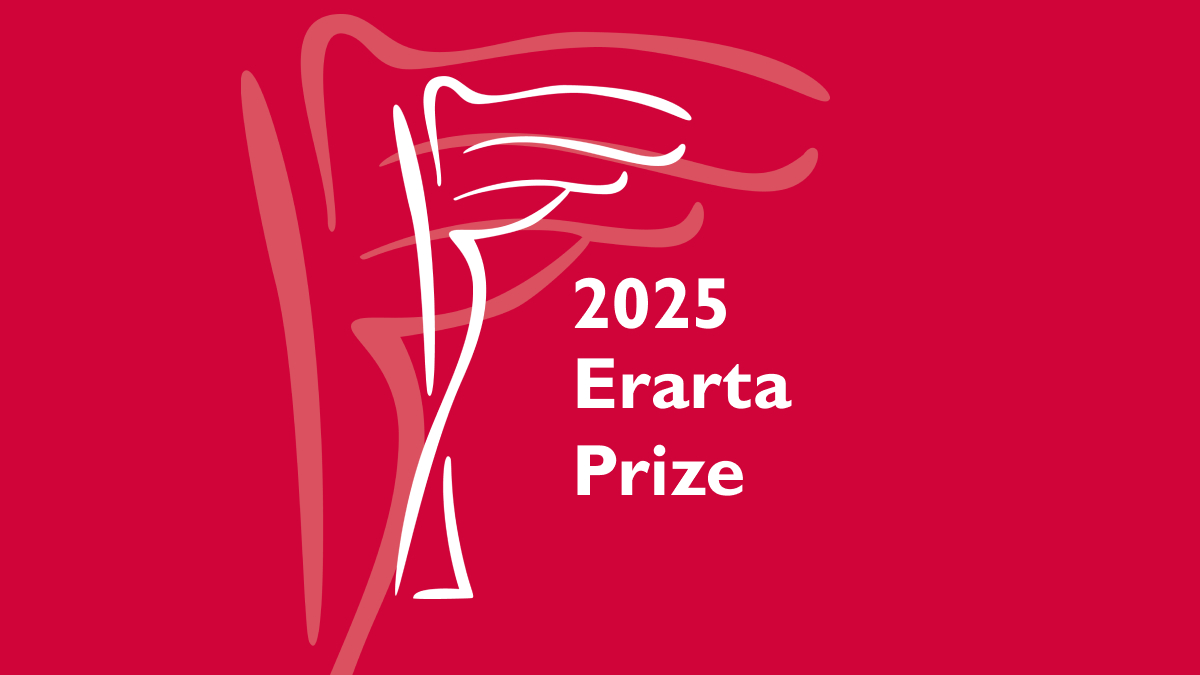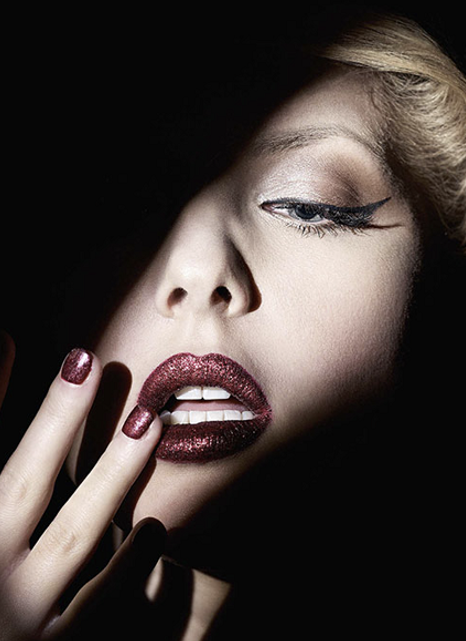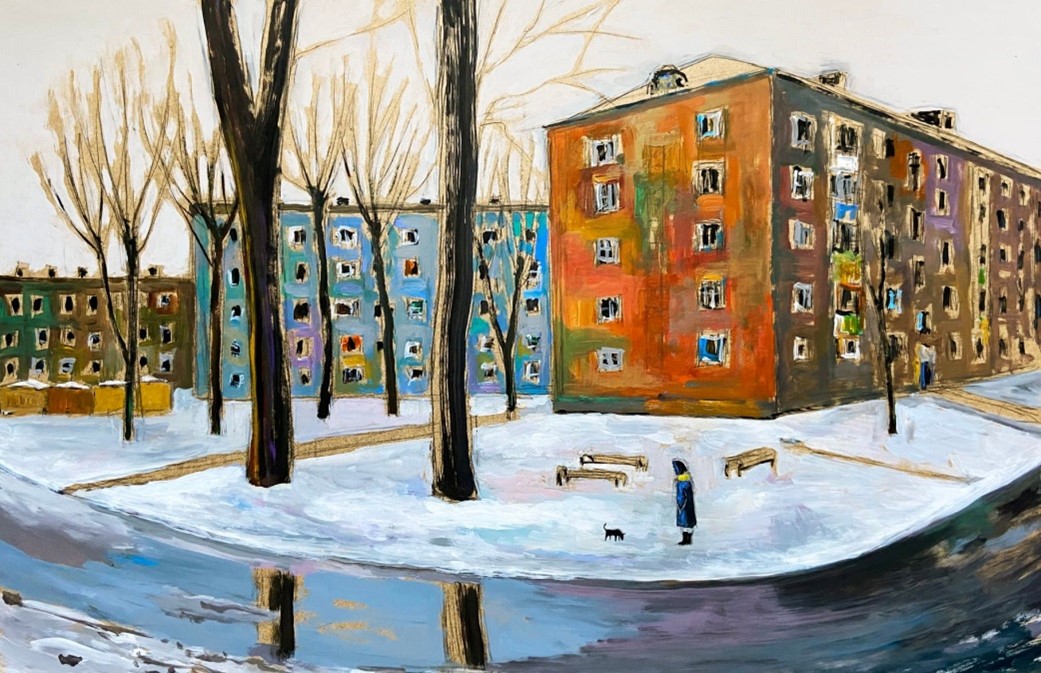Erarta Museum presented an exhibition by the Moscow based artist Alexey Begak taking the viewer on a journey in search of the ideal home
-
European landscapes emerging as ‘other shores’ of consciousness and experience
-
A visual meditation revealing the singularity of its subject
-
An exhibition for those who feel nostalgic for pronounced craftsmanship in figurative painting
Alexey Begak is not only an artist, architect, and designer, but also a famous TV host known to the audience of the Kultura channel as the presenter of such shows as Rules for Life, Genius, The Big Opera, and Happy New Home! The creator of the Other Shores is indeed a striking, multifaceted, and free-spirited personality. Although he spends most of the time in Moscow, his life is also closely associated with England, France, and especially Finland, where he designed and built his own lake house.
Most of his artworks shown at Erarta are European landscapes emerging as visions of the ‘other shores’: fragments of reality presented as self-contained worlds and portraits of objects, stones, houses, gardens, and trees. Apparently these are ‘other shores’ not only in the sense of Nabokov’s memoir, but other shores of consciousness and experience as well. Each of Alexey Begak’s paintings is a visual meditation of sorts, revealing the singularity of its subject through finely honed form. According to the artist, ‘Painting is easy: all it takes is the ability and willingness to be surprised, a great love for the subject . . . and a bit of technical skills.’ His modesty does him credit, for his painting technique is impeccable, with every inch of the canvas space being a meticulously arranged part of the visually arresting whole. Alexey probably inherited this perfectionism from his parents – members of the Bolshoi Ballet company.
Begak’s artworks – both landscapes and ‘portraits’ of things – also harbour something of an inner self-portrait. One can easily read into them a story of wanderings in search of the ideal home where one would belong; an admiring gaze at the subject seems to be tinted here with a slight chill of alienation. A counterpoint to the main theme is played out by several large-scale canvases comprising striking, clearly perceptible visual metaphors. Attentiveness to detail, independence from the mainstream, and refined perfection of form all converge into Alexey Begak’s signature artistic style. Those who feel nostalgic for pronounced craftsmanship in figurative painting will find this exhibition a true visual respite.









